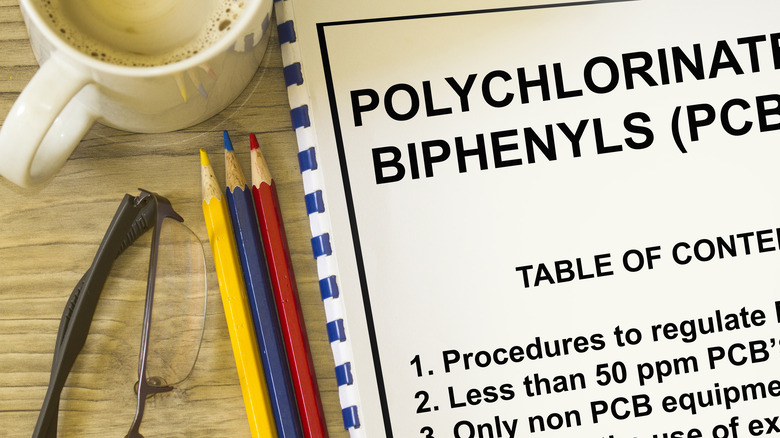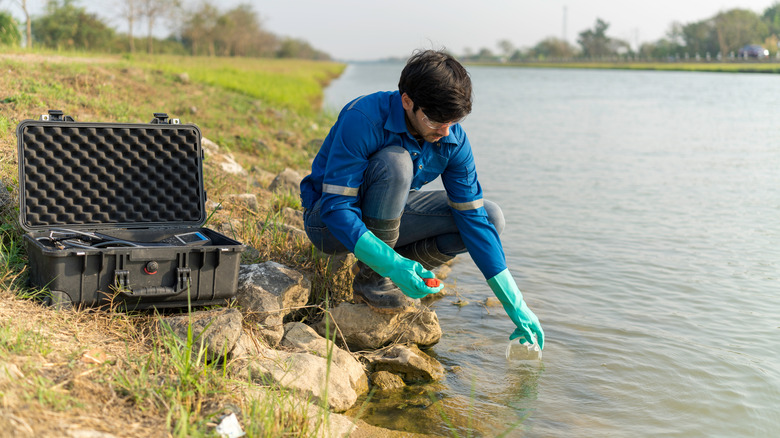Toxic PCB Chemicals Still Pose A Risk To Human Health And The Environment
PCBs, or polychlorinated biphenyls, are toxic, man-made chemicals that are used in electrical and hydraulic equipment, pigments, and dye. PCBs have no taste or smell, and they can be in a solid form or oil form. The Environmental Protection Agency (EPA) reports that the manufacturing of PCBs was banned in 1979, but especially when they were in production, PCBs could be found in the air, water, and soil. The Centers for Disease Control and Prevention (CDC) explains that PCBs can be found all over the world, and they have even been discovered in rain and marine animals.
PCBs can contribute to several health problems including skin rashes, lung irritation, and abdominal discomfort. Animals exposed to PCBs experienced a host of conditions including anemia, skin damage, and liver, stomach, and thyroid gland disorders. Furthermore, the CDC reported that PCBs were linked to cancer of the liver in humans. As a result, the EPA and the International Agency for Research on Cancer (IARC) have concluded that PCBs may be carcinogenic to humans.
PCBs are still around
In 2008, many countries signed a global treaty to eliminate PCBs by 2028, but a report published in the journal Environmental Science & Technology states that only 30% of the countries that signed the treaty are close to achieving this goal. Moreover, the U.S. has not signed the treaty and has only decreased its reserves of PCBs by 3% since 2006 (via U.S. News and World Reports).
The report revealed that emissions from ongoing use of PCBs are still a problem, and their diverse uses have created a worldwide challenge when it comes to managing sources of PCBs. The paper also stated that the 2028 deadline was unrealistic considering all of the financial and technical resources that would be necessary. The inability to address the problem of PCBs points to the problem of controlling other toxic pollutants like chlorinated paraffin chemicals and PFAS (per- and poly-fluoroalkyl substances), which could have serious effects on the health of future generations.


